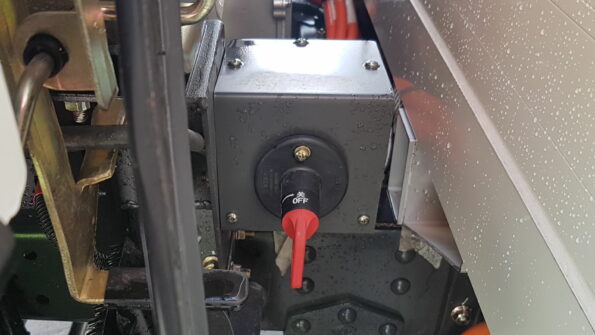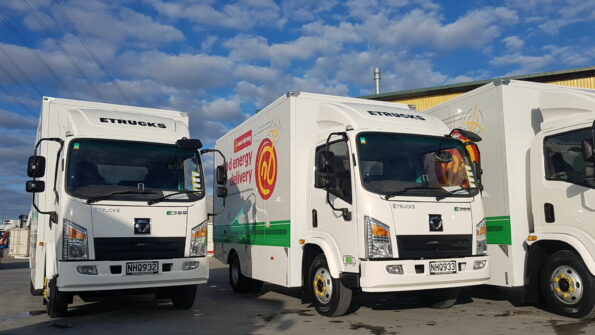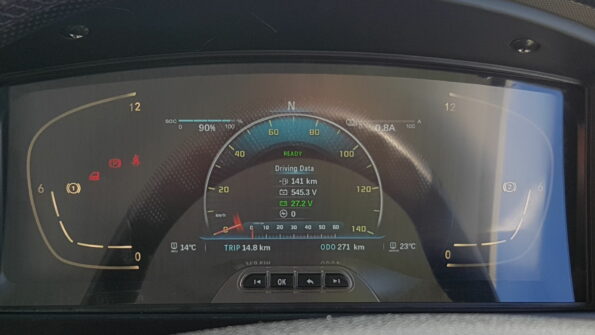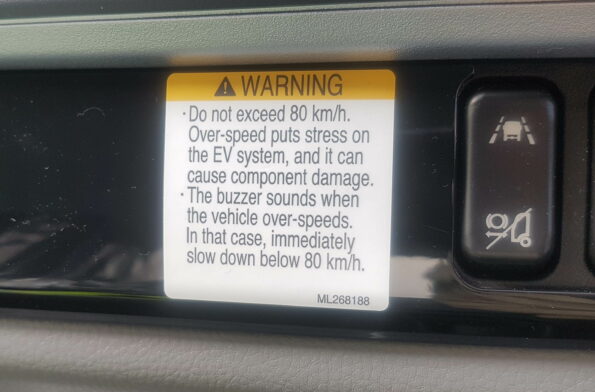The new era of electric trucks, both small and medium-sized rigid trucks and prime movers, promises to bring in a number of benefits for drivers and the general public, but there are some caveats.
Their role in climate change mitigation depends on how you generate the electricity. Solar, geothermal, wind and hydro power mean you’re helping reduce the CO2 footprint; burning coal is not ideal, though.
How does an electric truck work?
Rather than a diesel-fuelled internal combustion engine (ICE), an electric truck has one or more electric motors and a bank of batteries for power. Hydrogen trucks also technically use electricity as they convert the hydrogen to electrical power, but we’ll cover that another time as that is an FCEV (fuel cell electric vehicle) as opposed to a BEV (battery electric vehicle).
The battery will either need charging or swapping before it is flat.
Range and power
Battery-powered trucks work well for short-range delivery vehicles and trash collection because a bank of batteries plus an engine that has a comparable weight to an ICE plus fuel tank can achieve a range of around 150km, which is usually enough for a day of urban deliveries in a smaller rigid vehicle.
Prime movers are a different story, though. Pulling a 40-tonne trailer takes a lot more power and the charging time (even with a fast charger) is hours as opposed to 15 minutes filling a tank with diesel. However, trials of swap-and-go batteries with ranges approaching 400km are proposed.
Electric motors have excellent torque, just like a diesel engine, but their main advantage is consistency of torque regardless of road speed, and the ability to maintain full torque and power even at high altitudes where diesel engines struggle for oxygen.
Noise and vibration
The electric motor is extremely quiet. You will hear it when accelerating, but it is a fraction of the volume of a rattling diesel engine. You’ll hear the quiet whirr of regenerative braking rather than Jake brakes as you come off the throttle and it’s recharging the battery.
At idle, the truck is silent – no vibration. When driving, road noise becomes the predominant sound even at low speeds. You’ll start to hear noises from your truck that you may never have realised were there.
This lack of engine noise means that electric trucks are ideal for urban deliveries at night where diesel trucks might wake residents.
Maintenance
The maintenance costs and requirements on an electric truck are much less than a diesel-powered truck as there is far less to go wrong. A typical diesel engine has thousands of parts, whereas an electric engine has just a few. Maintenance costs could be as little as 20% of the maintenance of a diesel engine.
Pre-start check
There are still things to look for when doing a pre-start check. The isolator switch must be set to on, and there are still fluid levels to check, but you’re not looking out for leaking head gaskets and other issues you could find with diesel engines.

Pollution
The main pollution isn’t made at the truck, it’s made when the electricity is generated. If this is accomplished using renewable resources, there is negligible pollution. It mainly consists of microplastics from the tyres.
No idling for PTO
PTO or power take-off is now electric which means no idling is required. If you’ve ever been using a truck-loader crane and the fumes from the diesel exhaust have become annoying, you’ll appreciate the potential of electric PTO for powering auxiliary equipment.
Sustainability
Many clients are now looking for their suppliers to have sustainability policies and be actively reducing their carbon footprint. An electric truck is a genuine story that can be told.

Speed monitoring
As there is no engine noise, it takes time to get used to maintaining a consistent speed without constantly looking at the accelerator.

Some electric trucks are limited for power, battery capacity or performance reasons. For example, on this truck, a Mitsubishi eCanter, the maximum speed is 80km/h before it sounds a warning buzzer.

Driver fatigue
The electric motor doesn’t need gear changes, and with the reduction of noise and vibration, driver fatigue is improved.

Potential issues
The power grid must be upgraded to cope with charging electric trucks. They require much more charge than a small electric car.
If there are power cuts, you won’t be able to charge your vehicle.
Electric trucks are currently more expensive to buy than an equivalent ICE truck, so the payback comes over time due to cheaper mileage.
Mining for battery materials also has an environmental cost, just like drilling for oil.
